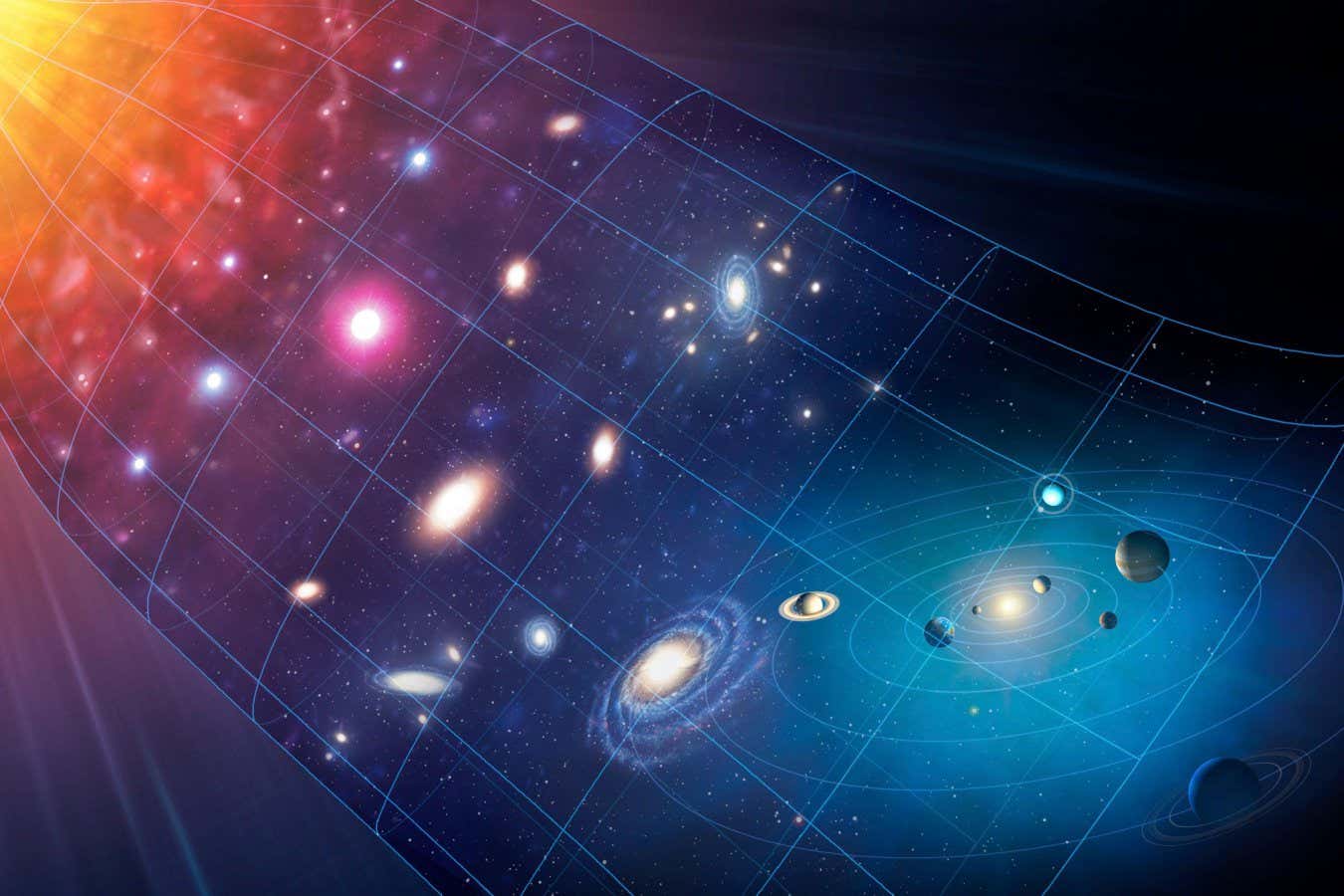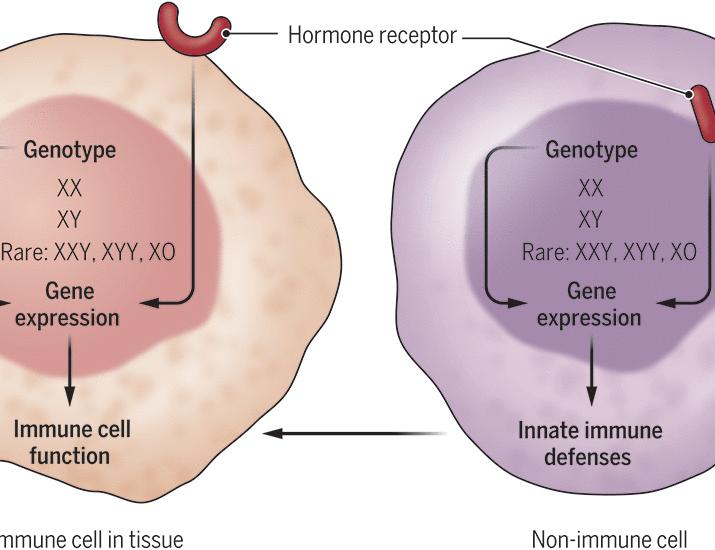Now Reading: Decoding Redshift: What Happens to Light’s Energy?
1
-
01
Decoding Redshift: What Happens to Light’s Energy?
Decoding Redshift: What Happens to Light’s Energy?

Quick Summary:
- Cosmic inflation is a model that explains the rapid expansion of space-time shortly after the Big Bang, shaping the universe’s large-scale structure.
- Redshift is a phenomenon used to measure cosmic distances by observing how light stretches (its wavelength becomes longer and redder) as it travels through expanding space-time.
- Redshifting light’s energy diminishes during this process, raising questions about whether energy conservation-a key principle in physics-applies on cosmic scales.
- Einstein’s theory of general relativity indicates that energy conservation doesn’t necessarily hold true in an expanding universe. Energy associated with curved space-time complicates customary definitions of physics principles like conservation of energy.
- Scientists debate whether lost light energy vanishes or interacts with gravitationally related energies embedded in space-time.
Image Credit: Science Photo Library/Alamy
!campaign=RSS%7CNSNS&utmsource=NSNS&utmmedium=RSS&utm_content=home”>Read More
Stay Informed With the Latest & Most Important News
Previous Post
Next Post
Loading Next Post...

























